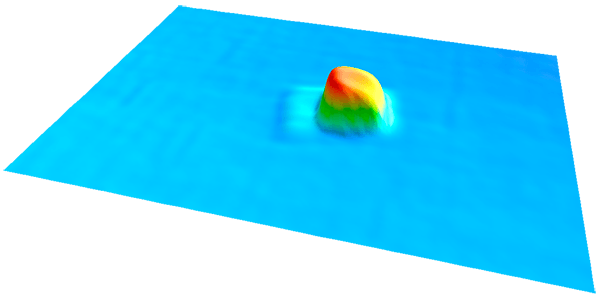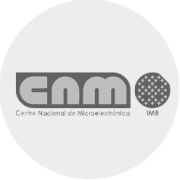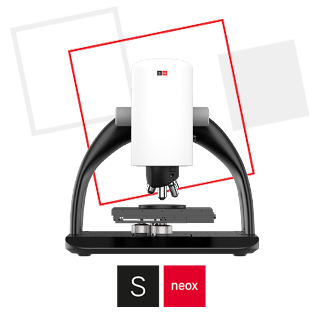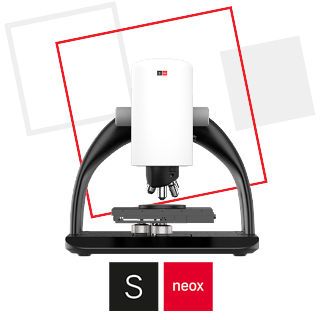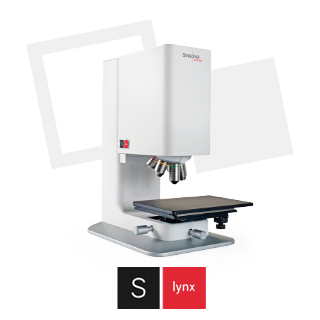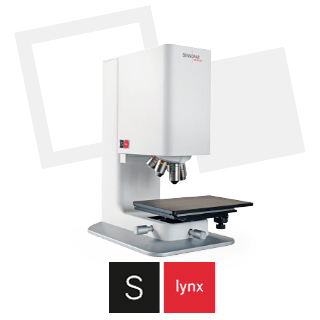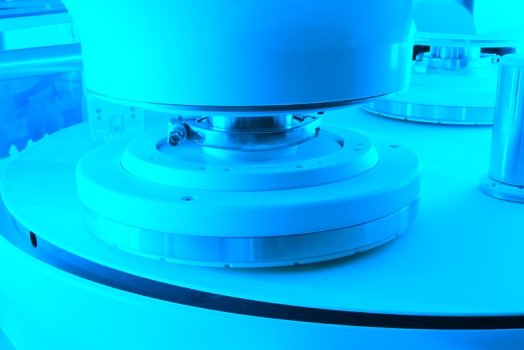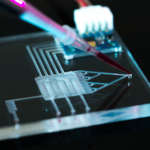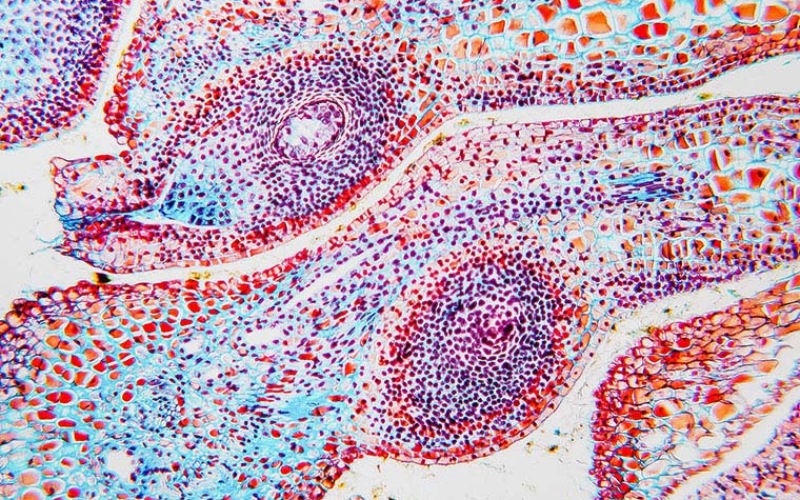
Measurements of the initial deflection of a nano pressure sensor for biological applications
The Barcelona Microelectronics Institute (IMB) is the National Microelectronics Centre (CNM)’s Barcelona location and a member of the Spanish Research Council. IMB-CNM has a focus on basic and applied research and development, in addition to education and training in micro and nanotechnologies, components and systems. Our mission is to expand the knowledge available in this field and to contribute to the implementation of solutions and new products based in these technologies in order to resolve the challenges faced by society today.
With this technique, it’s possible to obtain a fast and non-destructive measure of the deflection of the released membrane before and after sealing
In the fabrication of nano pressure sensors for biological applications, the sacrificial layer etching and the sealing of the two membranes separated by a vacuum gap to form a Fabry–Pérot resonator is critical.
Knowing the exact timing of the initial deflection of the membrane after the fabrication process is also key.
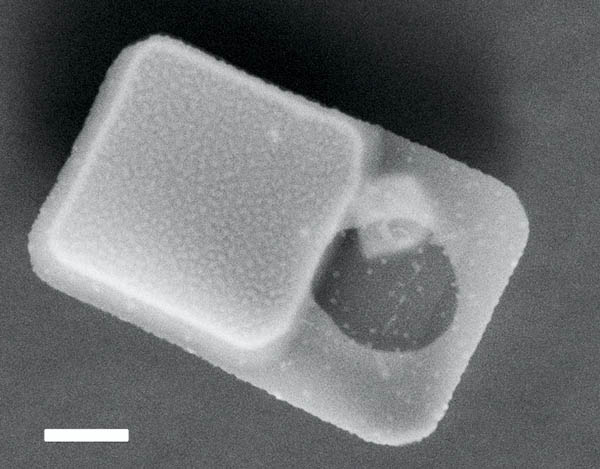
The pressure sensor is a 6×10 µm chip comprised of a mechanical sensor defined by two polysilicon membranes separated by a vacuum gap, and an optical reference area.
The membranes act as parallel reflecting mirrors, constituting a Fabry–Pèrot resonator that is partially transparent for some wavelengths. An external pressure P deflects the membranes and changes the gap. This device was designed to measure pressure changes inside the different components of a living cell
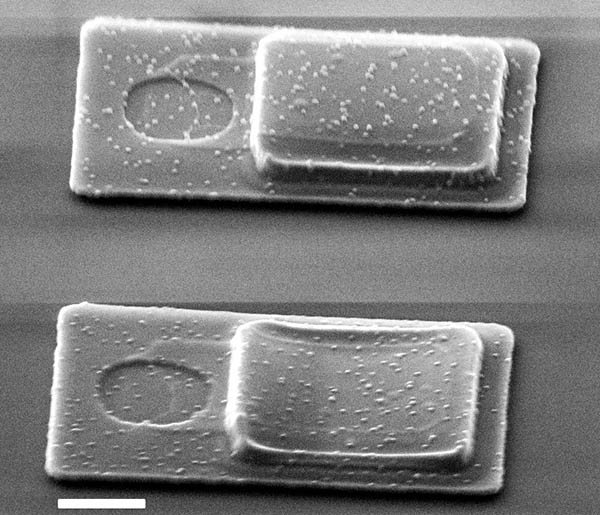
Currently, membrane deflection measurements are carried out using Scanning Electronic Microscopy (SEM) before being internalized, but in the SEM, samples must be under vacuum pressure which may alter their initial state.
Using a Sensofar optical profiler we were able to measure, in a quick and non-intrusive way, the deflection of the membranes after manufacturing. The dimensions of the chip are only a few microns, but the curvature of the membrane is closer to tens of nanometres, so it’s necessary to use a high magnification lens.

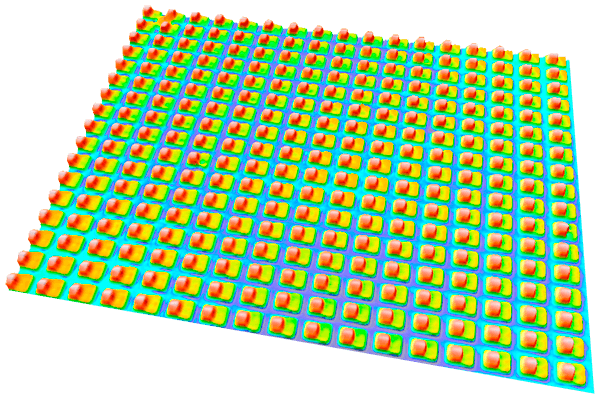
With this technique, it’s possible to obtain a fast and non-destructive measure of the deflection of the released membrane before and after sealing to check if membranes have collapsed. Previously, they had to be inspected by SEM which produced changes in the deflection of the membrane due to the vacuum and the value of the deflection was not as reliable.
These measurements were obtained with a Plµ 2300 using a confocal technique with a 100X brightfield objective. Sensofar equipment provides non-contact 3D surface profilers based on three technologies: Confocal, Interferometry and Focus Variation techniques. With Sensofar equipment, high-resolution measurements can be made quickly and in a non-destructive way, and user-friendly software provides technical support as needed.
